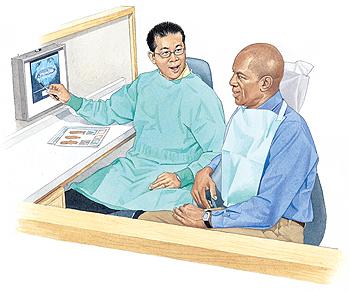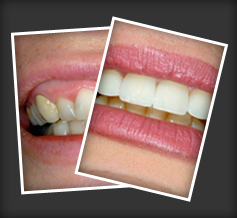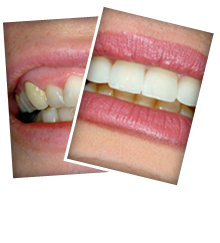Understanding Orthognathic Surgery
A jaw that's too small, too large, or crooked can cause problems with chewing, speaking, breathing, and even sleeping. The shape of your jaws also affects the way your face looks. Orthognathic surgery is treatment that reshapes the jaws to improve their form and function.

How Orthognathic Surgery Can Help
Some people are born with poorly aligned jaws. Others develop problems as the bones grow or as a result of an injury. Orthognathic surgery realigns facial bones, making jaws work together better. Surgery is only one part of the treatment process. In most cases, treatment to move and straighten the teeth (orthodontics) is needed before and after surgery. This combination of treatments can relieve problems caused by teeth and jaws that are out of alignment.
Your Treatment Plan
Orthognathic surgery and related treatments can take time, often over a year. Starting treatment and not completing it could leave you with more problems than you have now. So you need to commit to the process before treatment begins. Your plan will likely include a time frame for each stage of treatment. Typical stages and time frames are shown here:
|
Stage
|
Duration
|
Description
|
|
Diagnosis and Treatment Plan
|
1-4 weeks
|
|
|
Preparation for Surgery
|
12-18 months
|
-
Dental work
-
Orthodontic work (braces) and regular checkups
-
Meet with surgeon to prepare for surgery and recovery
-
Quit smoking (if you smoke)
|
|
Surgery and Hospital Recovery
|
1-3 days
|
|
|
Recovery at Home
|
2-6 weeks
|
-
Rest at home; on a soft diet for 2 or more weeks
-
Postoperative exam by surgeon
-
Gradual return to normal eating and normal oral hygiene
|
|
Postsurgical Treatment
|
6-12 months
|
-
Complete orthodontic treatment
-
Follow-up with surgeon as needed
-
Routine dental care
-
Other dental care, if needed
|
If You Have Questions
Be sure you understand what each step involves, and what you can and can't expect from treatment. Keep in mind that treatment plans can differ depending on your jaw problem and factors such as your age and oral health. Your healthcare provider can answer your questions and address your concerns.








